Home and art gallery Maison Colbert is a London transformation story
Maison Colbert by Chris Dyson Architects reimagines a row of London houses into a single home and artist's gallery in the East End
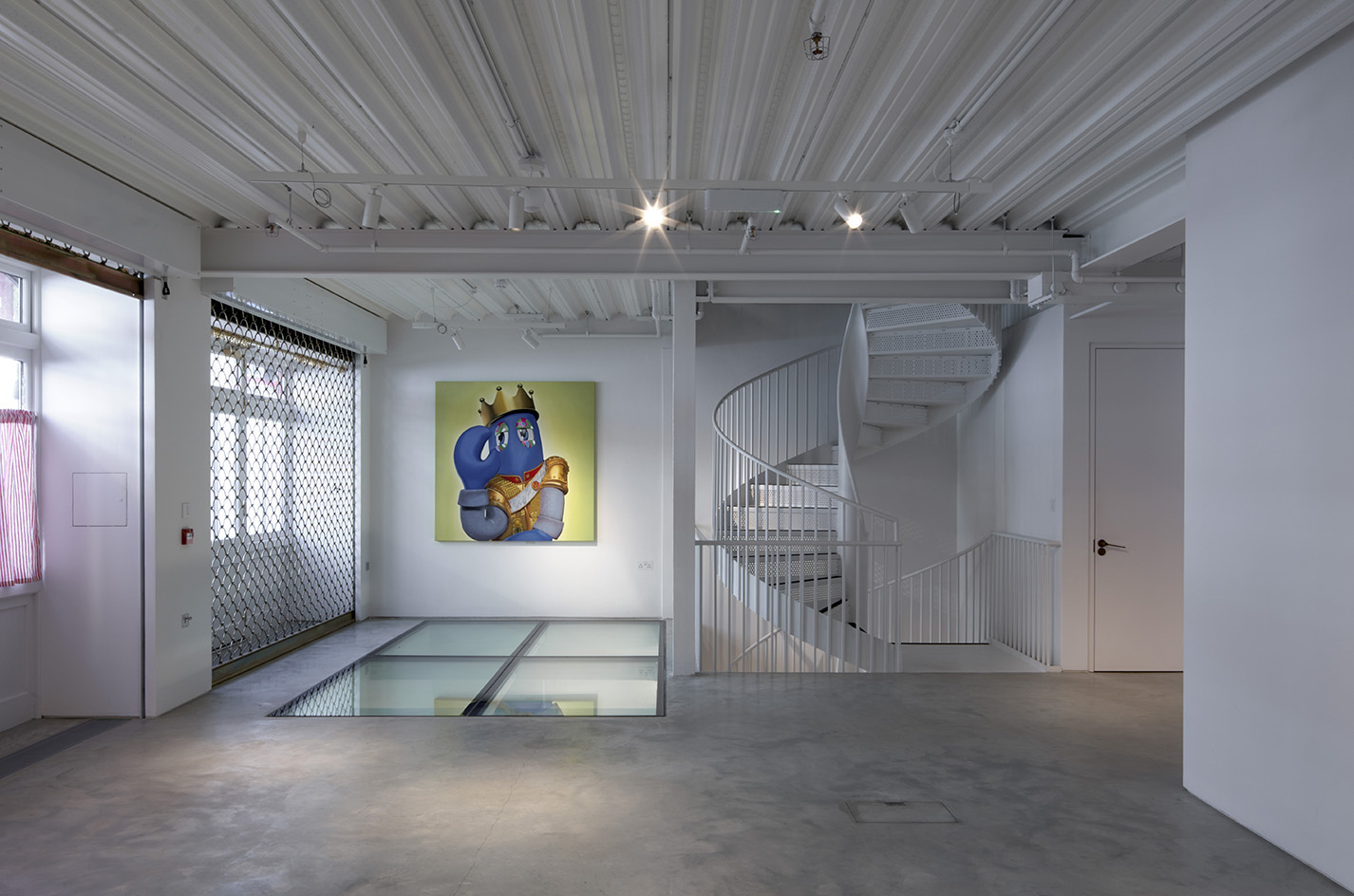
Maison Colbert, set in Spitalfields behind a discreet row of East End shopfronts, is the new family home, studio and gallery space for artists and filmmakers Philip and Charlotte Colbert. The project repurposes a semi-derelict terrace of five four-storey houses and transforms them into an interdisciplinary programme of exhibition, production and home living spaces – all seamlessly interlocked through surgical design by Chris Dyson Architects.
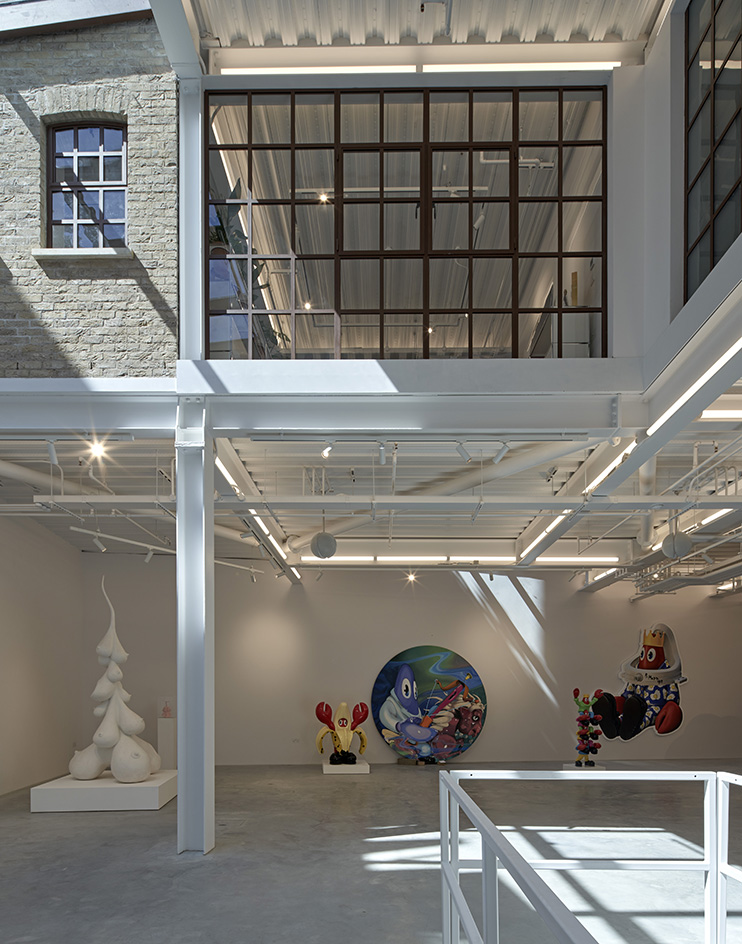
Touring Maison Colbert
Retaining the historic street façade of former shopfronts, the internal walls of the narrow houses have been removed to open the spaces up laterally. A 5m basement has been excavated to create the top-lit, 185 sq m gallery. At the back, the building has been extended to create new circulation and a light-filled garden atrium, topped by a glass pitched roof.

The result is a carefully curated experience of layered moments: both in terms of height, as areas of enclosure open up into spectacular double- and triple-height volumes, but also in length, as the entrance lobby leads on to a sitting room with the garden terrace visible through Crittall glass doors beyond. Forming a double-height space with high sash windows, this room is the heart of the building and extends across the footprint of three of the original houses.

This space anchors the plan. On one side, the original wall is exposed brick, on the other, a cantilevered mezzanine with a patinated metal balustrade gives access to the primary bedroom, bathroom, dressing room and study above via a sculptural metal staircase. The kitchen is in the adjoining space, separated by the dramatic hand-carved stone fireplace.
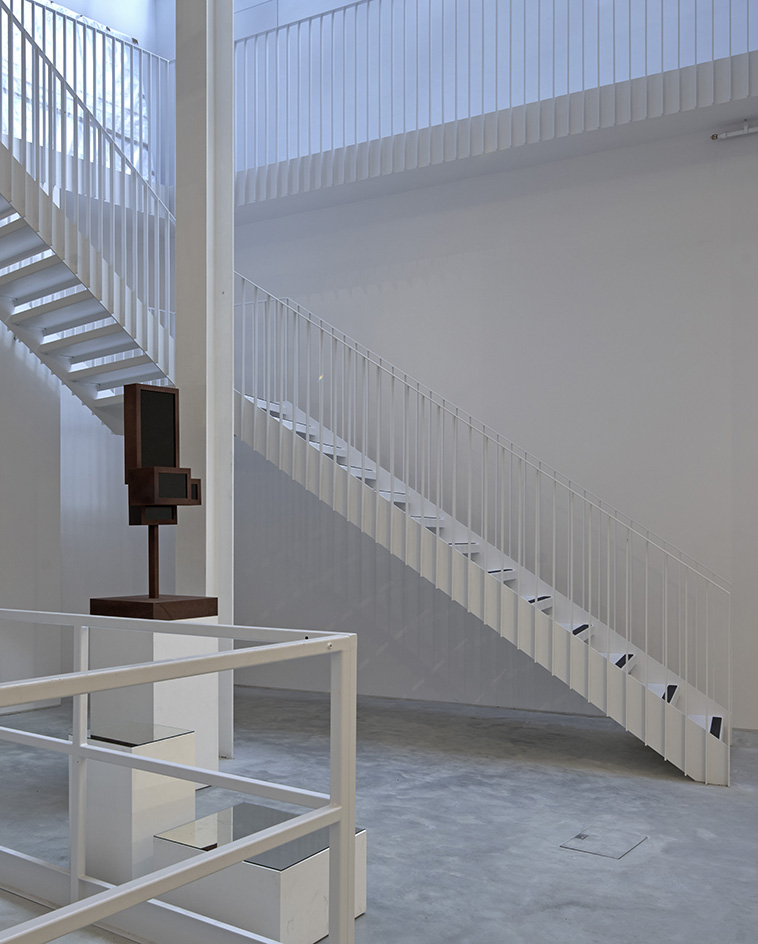
Throughout the interior, the focus on reuse continues to be a key driver. The building stands just beyond the site of London’s ancient city walls, and excavations uncovered evidence of London’s Roman past. This imposed a six-month delay, which the clients and architects embraced as an opportunity to engage with the site’s history, allowing the archaeological dig to inform some of the Romanesque interior details and relief plaster works.

Many of the fixtures of the former houses, such as original doors and retained fireplace surrounds, were recycled to breathe some of their old life into new interiors. Finishes such as the timber bedroom floors and tiles were retained, as well as various fittings and furniture pieces and bricks reclaimed from salvage, which were kept, cleaned and reused to patch up the rear façade.
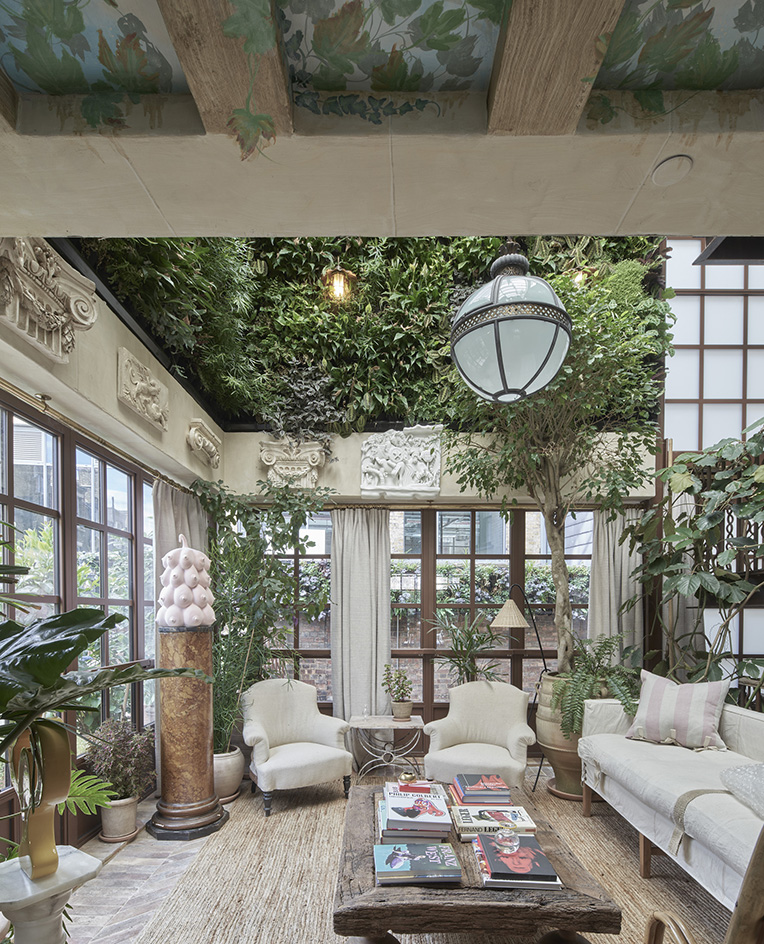
With all these layers of history to respond to, the Colberts’ new home is an ideal setting for interdisciplinary experimentation; adding new layers of playfulness to the street and contributing to the creative and idiosyncratic energy of the East End.
Receive our daily digest of inspiration, escapism and design stories from around the world direct to your inbox.

Marwa el Mubark is an Irish architect based in London. She is the co-founder of the research and design practice Saqqra and a lecturer at Kingston School of Art.
-
 Can the film 'Peter Hujar's Day' capture the essence of the elusive artist?
Can the film 'Peter Hujar's Day' capture the essence of the elusive artist?Filmmaker Ira Sachs and actor Ben Whishaw bring Peter Hujar back to the front of the cultural consciousness
-
 New tech dedicated to home health, personal wellness and mapping your metrics
New tech dedicated to home health, personal wellness and mapping your metricsWe round up the latest offerings in the smart health scene, from trackers for every conceivable metric from sugar to sleep, through to therapeutic furniture and ultra intelligent toothbrushes
-
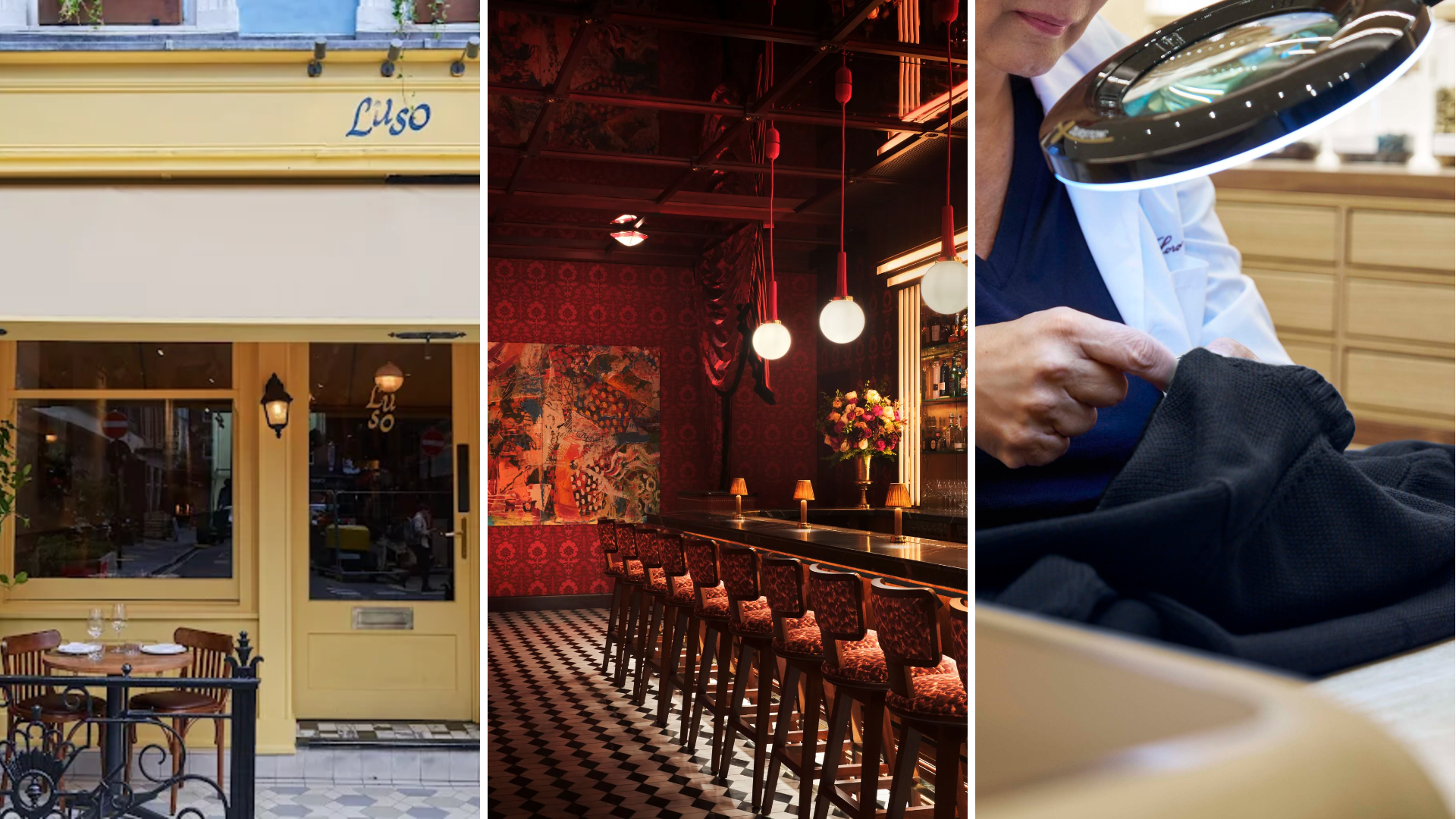 Out of office: The Wallpaper* editors’ picks of the week
Out of office: The Wallpaper* editors’ picks of the week'Tis the season for eating and drinking, and the Wallpaper* team embraced it wholeheartedly this week. Elsewhere: the best spot in Milan for clothing repairs and outdoor swimming in December
-
 Arbour House is a north London home that lies low but punches high
Arbour House is a north London home that lies low but punches highArbour House by Andrei Saltykov is a low-lying Crouch End home with a striking roof structure that sets it apart
-
 A former agricultural building is transformed into a minimal rural home by Bindloss Dawes
A former agricultural building is transformed into a minimal rural home by Bindloss DawesZero-carbon design meets adaptive re-use in the Tractor Shed, a stripped-back house in a country village by Somerset architects Bindloss Dawes
-
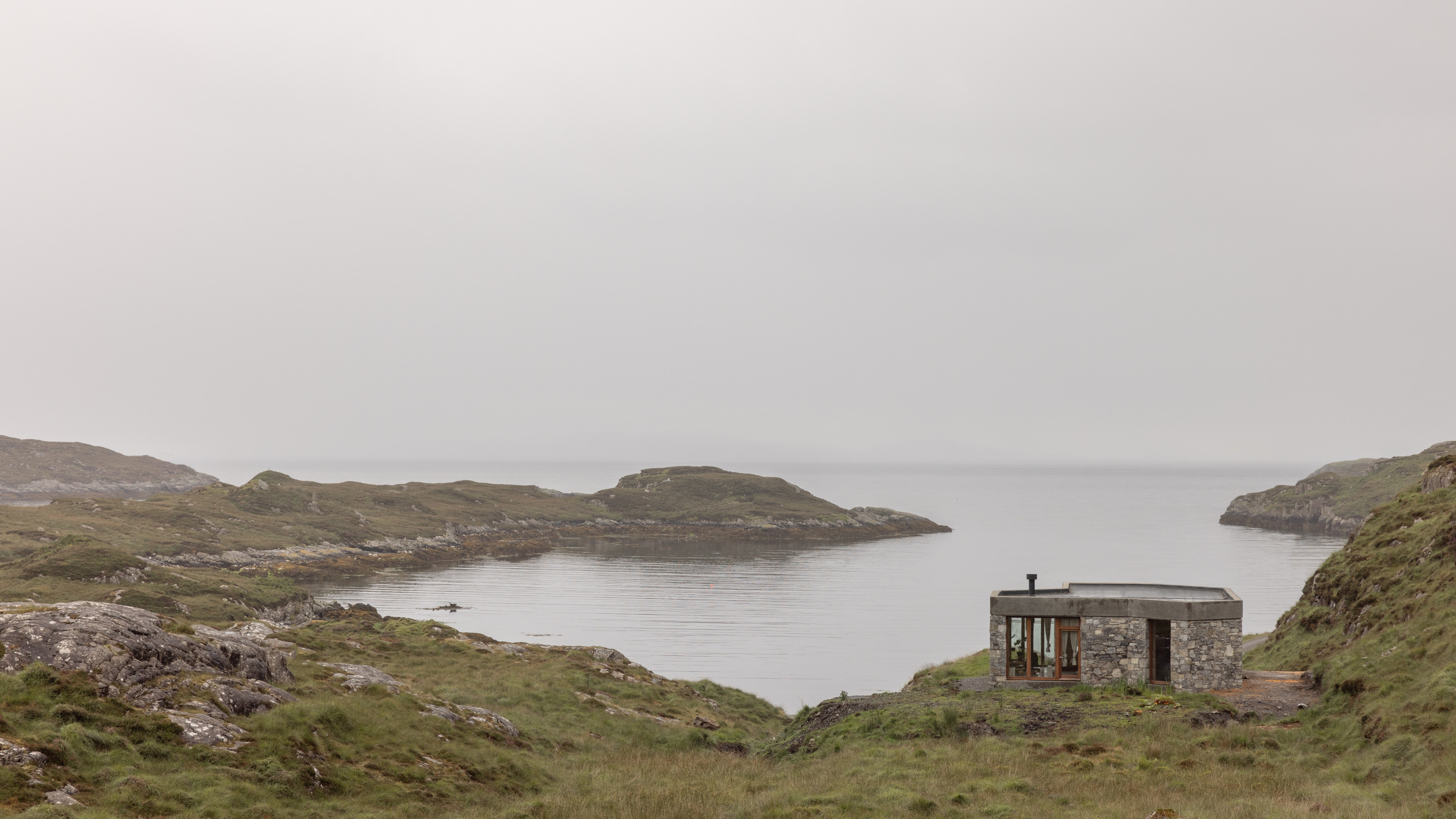 RIBA House of the Year 2025 is a ‘rare mixture of sensitivity and boldness’
RIBA House of the Year 2025 is a ‘rare mixture of sensitivity and boldness’Topping the list of seven shortlisted homes, Izat Arundell’s Hebridean self-build – named Caochan na Creige – is announced as the RIBA House of the Year 2025
-
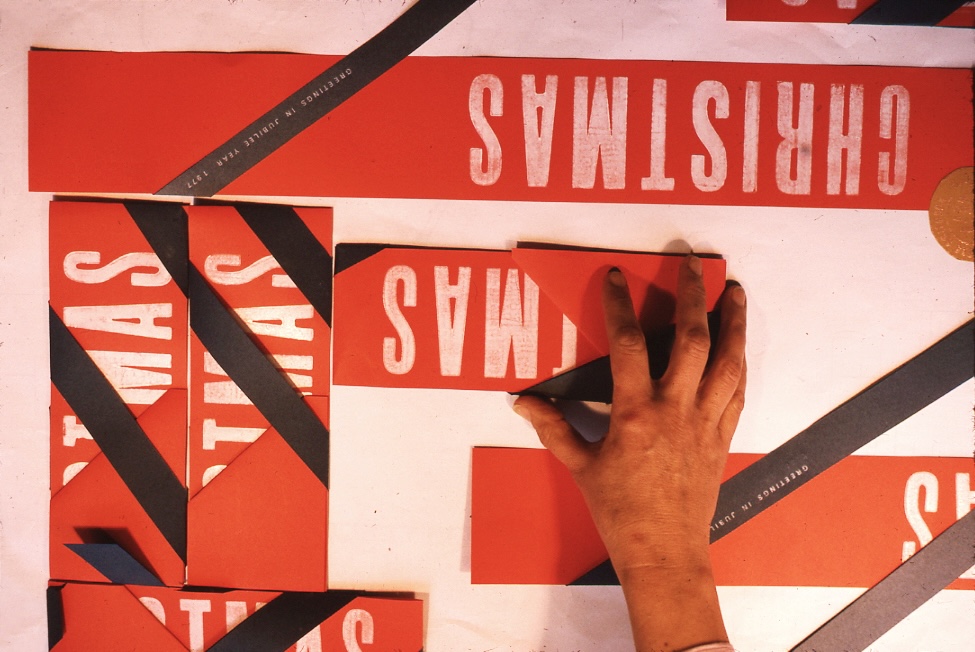 In addition to brutalist buildings, Alison Smithson designed some of the most creative Christmas cards we've seen
In addition to brutalist buildings, Alison Smithson designed some of the most creative Christmas cards we've seenThe architect’s collection of season’s greetings is on show at the Roca London Gallery, just in time for the holidays
-
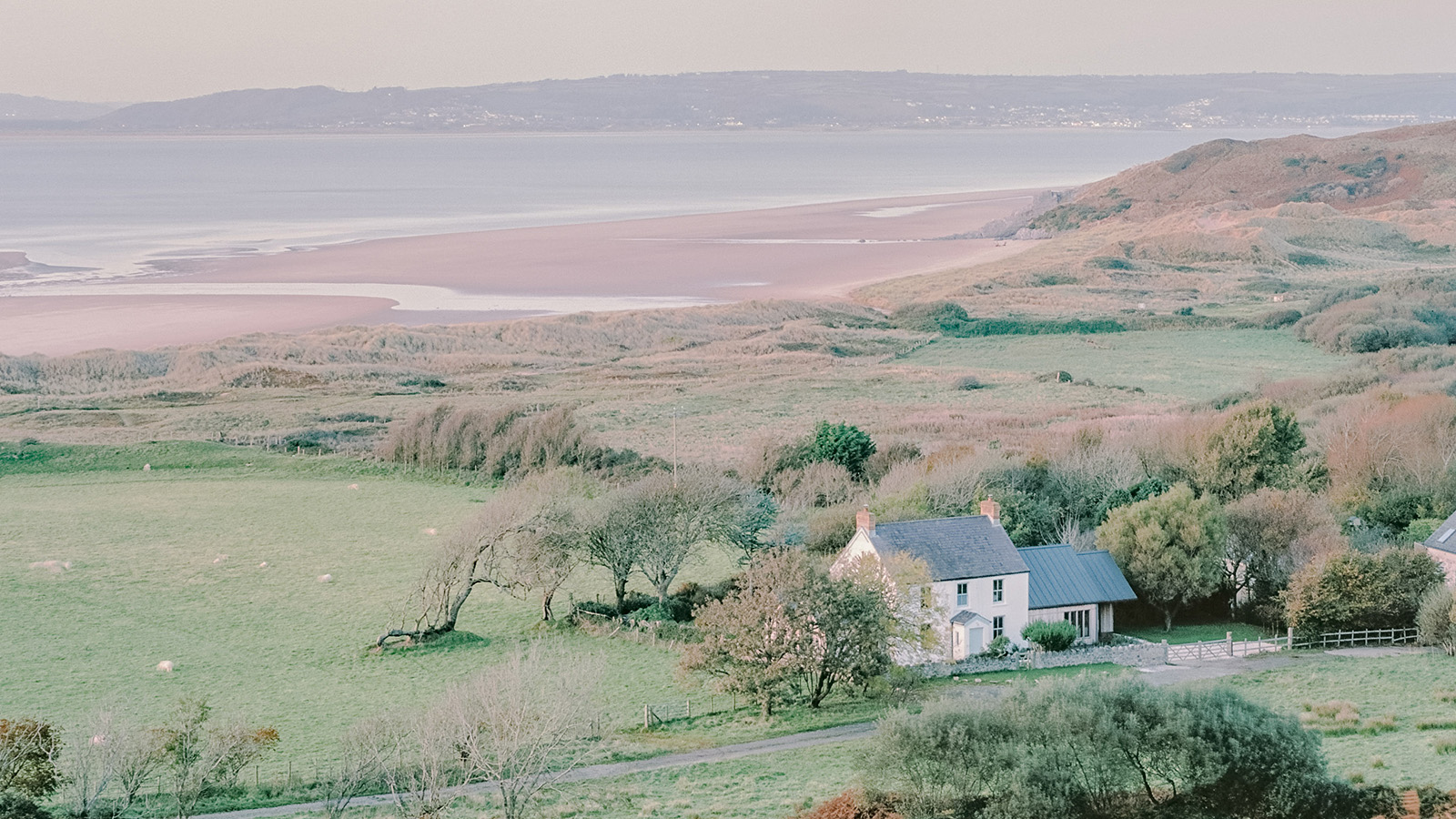 In South Wales, a remote coastal farmhouse flaunts its modern revamp, primed for hosting
In South Wales, a remote coastal farmhouse flaunts its modern revamp, primed for hostingA farmhouse perched on the Gower Peninsula, Delfyd Farm reveals its ground-floor refresh by architecture studio Rural Office, which created a cosy home with breathtaking views
-
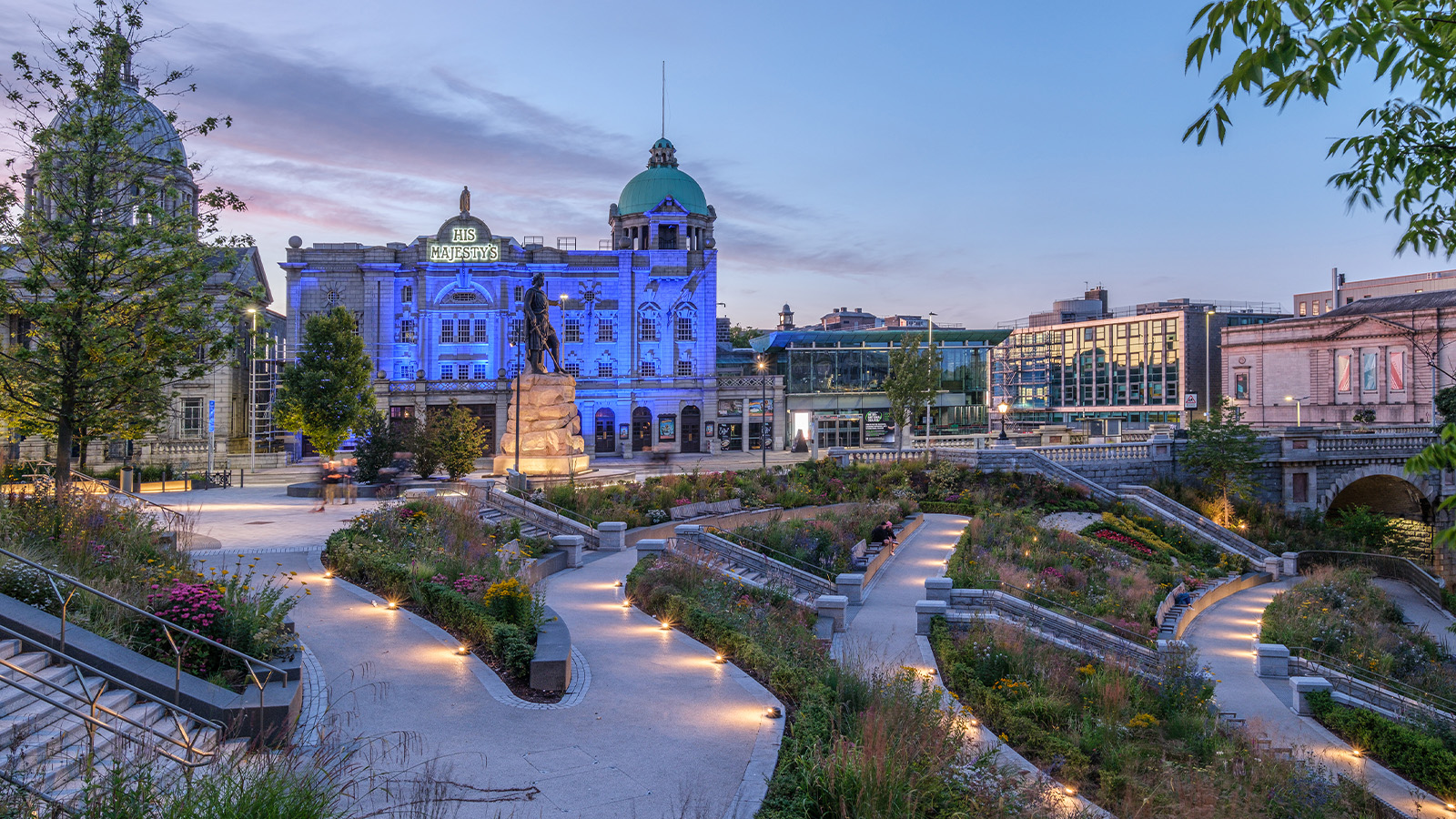 A revived public space in Aberdeen is named Scotland’s building of the year
A revived public space in Aberdeen is named Scotland’s building of the yearAberdeen's Union Terrace Gardens by Stallan-Brand Architecture + Design and LDA Design wins the 2025 Andrew Doolan Best Building in Scotland Award
-
 The Architecture Edit: Wallpaper’s houses of the month
The Architecture Edit: Wallpaper’s houses of the monthFrom wineries-turned-music studios to fire-resistant holiday homes, these are the properties that have most impressed the Wallpaper* editors this month
-
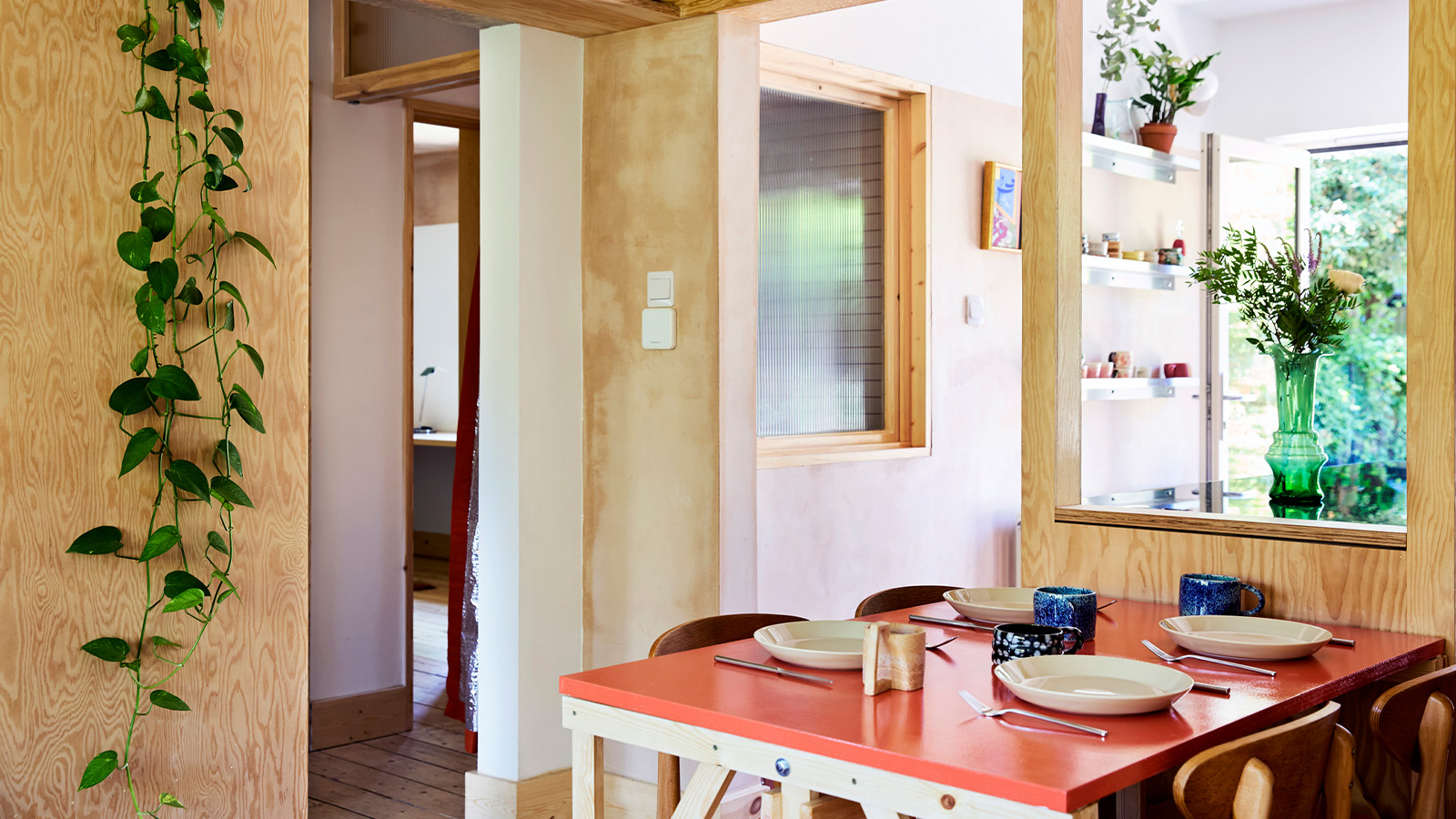 A refreshed 1950s apartment in East London allows for moments of discovery
A refreshed 1950s apartment in East London allows for moments of discoveryWith this 1950s apartment redesign, London-based architects Studio Naama wanted to create a residence which reflects the fun and individual nature of the clients